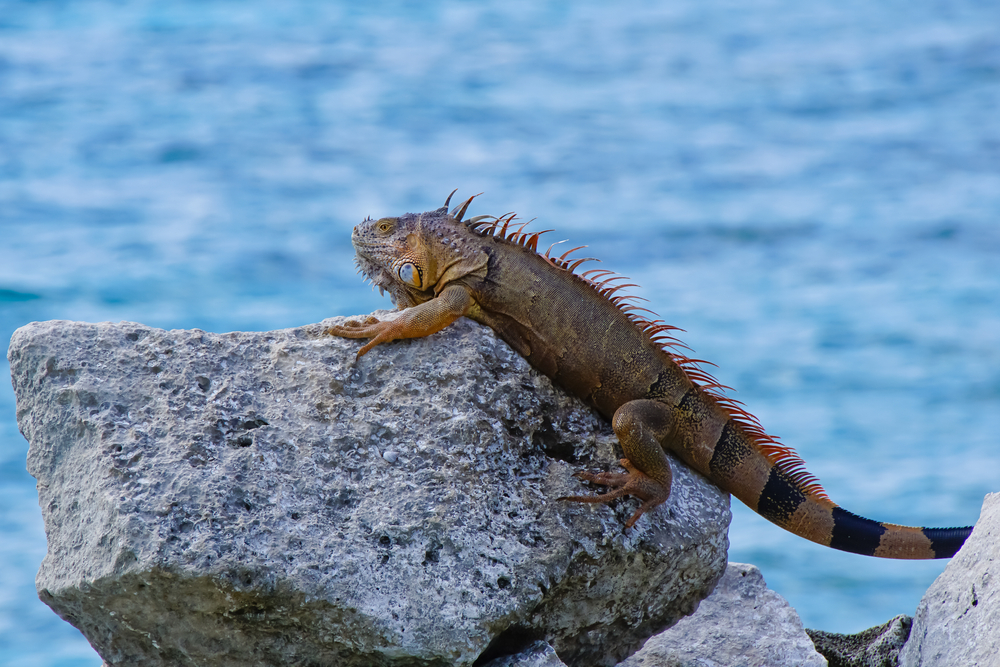Amacayacu Overview
Amacayacu National Park, known locally as Parque Nacional Natural Amacayacu, is a protected area in the heart of the Colombian Amazon. Covering approximately 1,918 square miles (4,280 square kilometers), the park is situated in the southern part of Colombia, in the department of Amazonas.
It lies along the Amazon River, near the borders with Brazil and Peru, making it part of the vast Amazon basin. The park’s name comes from the Indigenous Tikuna language, meaning “River of the Hamocs,” reflecting its deep connection with the local Indigenous communities who have lived in the region for centuries.
The park’s landscape is dominated by dense tropical rainforest, with immense biodiversity thriving under its thick canopy. The terrain consists of flooded forests, winding rivers, oxbow lakes, and wetlands, creating a dynamic ecosystem shaped by the ebb and flow of the Amazon River.
Towering ceiba trees, thick lianas, and diverse orchids characterize the lush vegetation. The Amacayacu River and its many tributaries carve through the landscape, supporting a network of waterways that serve as the main transportation routes within the park. The region’s humid, tropical climate sustains an extraordinary variety of plant life, including giant Victoria amazonica water lilies, which are among the largest in the world.
The park is home to an astonishing array of wildlife, making it one of Colombia’s most important conservation areas. Iconic Amazonian species such as jaguars, pumas, and tapirs roam the dense jungle, though they are elusive and rarely spotted. More commonly seen are groups of howler monkeys, squirrel monkeys, and capuchins swinging through the trees.
The waterways are inhabited by the rare and endangered Amazon river dolphin, also known as the pink dolphin, and the giant otter, a top predator in these waters. Bird enthusiasts can marvel at over 500 species, including the toucans, macaws, and the striking hoatzin, a prehistoric-looking bird with an unusual digestive system. The park also provides a sanctuary for amphibians and reptiles, including poison dart frogs, caimans, and anacondas that lurk in the wetlands.
One of the most fascinating aspects of the park is its Indigenous communities, particularly the Tikuna people, who have inhabited the area for generations. Their traditions, knowledge of medicinal plants, and sustainable practices provide an invaluable connection between humans and nature.
Visitors can engage in cultural experiences, such as learning about traditional fishing techniques, exploring Indigenous crafts, and hearing folktales that have been passed down through the ages.
Exploring Amacayacu National Park is primarily done by boat, as the region’s dense forest and wetlands make hiking difficult. Guided canoe excursions along the Amazon and its tributaries offer a chance to observe wildlife up close.
Visitors can also take part in jungle treks, led by local guides who provide insight into the hidden wonders of the rainforest. Nighttime excursions allow adventurers to experience the jungle’s nocturnal life, including sightings of glowing insects and the calls of distant creatures.
Despite its ecological significance, Amacayacu faces several conservation challenges, including deforestation, illegal hunting, and the impacts of climate change. However, ongoing efforts by the Colombian government, environmental organizations, and Indigenous communities have led to conservation successes.
Sustainable tourism initiatives, wildlife monitoring programs, and community-based conservation projects have helped protect the park’s fragile ecosystems. These efforts ensure that Amacayacu continues to be a thriving sanctuary for biodiversity while supporting the Indigenous cultures that have lived in harmony with nature for centuries.












































































